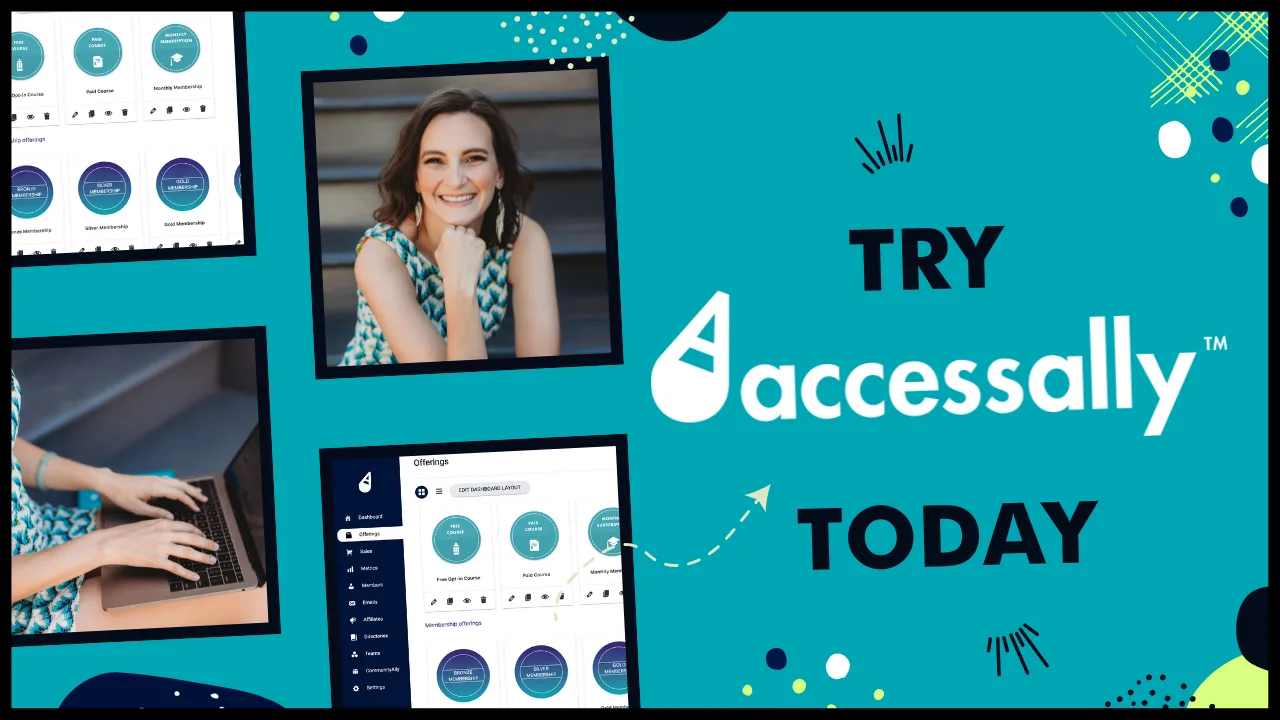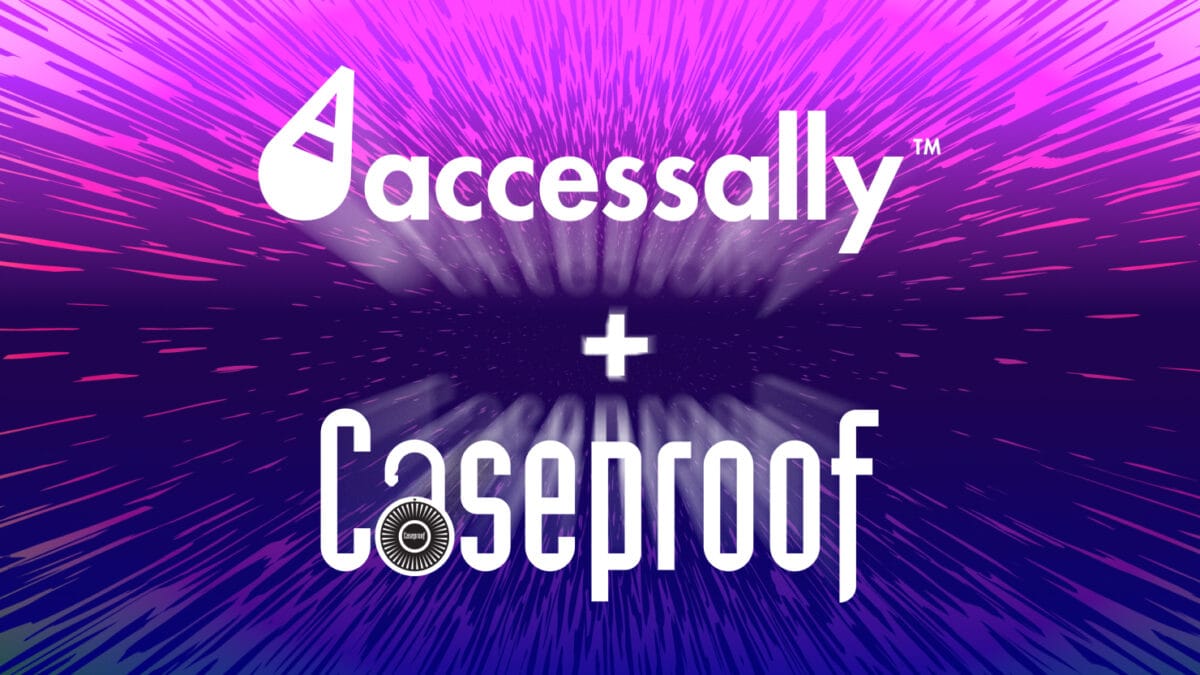Introduction and Overview
Email sequences are the unsung heroes of online course marketing, serving as your virtual sales team working around the clock to transform interested subscribers into enrolled students. When it comes to creating these sequences, the difference between mediocre and magnificent lies in understanding both the art and science of email marketing for course creators.
Think of your email sequence as a carefully crafted journey. Just as you wouldn’t dump all your course content on students at once, you shouldn’t overwhelm subscribers with immediate sales pitches. Instead, you need to build a relationship that naturally progresses from initial interest to enrollment.
Your sequence should begin by addressing the specific pain points that brought subscribers to you in the first place. For example, if you’re teaching digital photography, your first email might acknowledge their frustration with taking blurry photos or struggling with camera settings. This immediate connection shows you understand their challenges and positions you as a trusted guide.
The key to success lies in balancing value-driven content with strategic calls to action. Each email should serve a specific purpose in moving subscribers closer to enrollment. Share success stories, offer quick wins, and demonstrate your expertise through practical tips they can implement immediately. This approach builds credibility while showcasing the transformation your course provides.
Consider structuring your sequence with a mix of educational content, social proof, and enrollment opportunities. A well-planned sequence might start with a welcome email, followed by two value-packed tutorials, a student success story, and then a compelling invitation to enroll. This pattern respects your subscriber’s journey while maintaining clear forward momentum toward course enrollment.
Remember, your goal isn’t just to sell – it’s to ensure students are truly ready to succeed in your course when they enroll.
Foundation Concepts and Planning
Before diving into the technical aspects of email sequences, let’s establish a solid foundation that will set your course up for success. The key to converting subscribers into engaged students lies in understanding their journey and pain points right from the start.
First, map out your ideal student’s transformation path. What keeps them up at night? What specific challenges are they facing? By deeply understanding these elements, you can craft email sequences that speak directly to their needs and aspirations. For instance, if you’re teaching digital marketing, your subscribers might be struggling with getting consistent clients or understanding analytics. Your emails should acknowledge these pain points and present your course as the bridge to their desired outcome.
Think of your email sequence as a conversation, not a sales pitch. Start by building genuine connections through value-driven content that demonstrates your expertise while keeping things relatable. Share real stories of student successes, behind-the-scenes glimpses of your course creation process, and actionable tips they can implement immediately. This approach helps establish trust and positions your course as the natural next step in their learning journey.
When planning your sequence structure, consider the psychological aspects of decision-making. Most people need multiple touchpoints before making a purchase, especially for educational investments. A well-structured sequence might start with a welcome email that delivers immediate value, followed by emails that address common objections, showcase success stories, and provide mini-training segments that give a taste of your teaching style.


Building email sequences that convert subscribers to students – Professional course creation with AccessAlly
Timing is crucial in your planning phase. Research shows that engaging course curricula often reflect similar principles in email sequences – you want to maintain momentum without overwhelming your subscribers. Consider spacing your emails 2-3 days apart initially, then adjusting based on engagement metrics.
Don’t forget to plan for segmentation from the beginning. Creating targeted content for different audience segments significantly improves conversion rates. You might have different sequences for complete beginners versus those with some experience, or for subscribers who’ve shown interest in specific aspects of your course.
Remember, your email sequence is often the first extensive interaction potential students have with your teaching style. Make it count by planning content that truly resonates with their needs and aspirations.
Step-by-Step Implementation Guide
Let’s dive into creating email sequences that effectively convert your subscribers into engaged students. The key to success lies in crafting a journey that builds trust while showcasing the value of your courses.
Start by mapping out your welcome sequence. This initial touchpoint should span 5-7 emails over two weeks, introducing yourself and establishing credibility. Your first email needs to deliver the promised lead magnet while setting expectations for future communications. In the second email, share a relevant success story that connects with your subscriber’s goals.
Next, develop your nurture sequence that educates subscribers about your expertise and course offerings. Space these emails 3-4 days apart to maintain engagement without overwhelming inboxes. Include practical tips and actionable advice that gives subscribers a taste of what they’ll learn in your full course curriculum.
When crafting your conversion sequence, focus on addressing common objections and pain points. Share specific examples of student transformations and results. For instance, if you’re teaching digital marketing, highlight how a previous student increased their client base by 50% after implementing your strategies. According to recent studies shared on the Mighty Networks Blog, testimonials and social proof can increase conversion rates by up to 30%.
Your promotional emails should create urgency without feeling pushy. Instead of relying solely on countdown timers and limited-time offers, emphasize the opportunity cost of not taking action. Paint a vivid picture of where they could be in 3, 6, or 12 months after completing your course.
Remember to segment your email list based on subscriber behavior and interests. Someone who consistently opens emails about social media marketing shouldn’t receive the same sequence as someone interested in email marketing fundamentals. Use your email marketing platform’s automation features to create personalized paths based on link clicks and engagement patterns.
Monitor your sequence performance regularly. Pay attention to open rates, click-through rates, and unsubscribe patterns. If you notice a particular email has low engagement, revise its subject line or content. Test different approaches with small segments of your list before rolling out changes to everyone.
Finally, don’t forget to include re-engagement sequences for subscribers who haven’t opened your emails in 60-90 days. Sometimes people need a gentle reminder of why they subscribed in the first place. A well-crafted re-engagement sequence can recover up to 15% of inactive subscribers and guide them back toward course enrollment.
By following these implementation steps and continuously refining your approach based on subscriber response, you’ll create email sequences that effectively nurture relationships and convert subscribers into enthusiastic students.
Advanced Strategies and Techniques for Converting Subscribers
Let’s dive into some sophisticated approaches that can transform your email sequences from good to exceptional. The key to success lies in creating personalized journeys that speak directly to your subscribers’ aspirations and pain points.
Start by implementing dynamic segmentation based on subscriber behavior. When subscribers click on specific topics or spend time on certain pages, adjust their journey accordingly. For example, if someone repeatedly views content about course creation, tailor their email sequence to focus on curriculum development and creating engaging course curricula.
Consider implementing a scoring system that tracks engagement levels. Assign point values to different actions – opening emails might be worth 1 point, clicking links 2 points, and downloading resources 5 points. Once subscribers reach certain thresholds, automatically move them into more targeted sequences designed for highly engaged prospects.
Time-based triggers can significantly boost conversion rates. If a subscriber hasn’t opened your last three emails, trigger a re-engagement sequence with a compelling case study or student success story. Alternatively, when someone shows high engagement, accelerate their journey with an exclusive early-bird offer for your upcoming course.
Psychological triggers play a crucial role in advanced email sequences. Use the scarcity principle by offering limited-time bonuses, or leverage social proof by incorporating student testimonials strategically throughout your sequence. As discussed in the Mighty Networks Blog, community-driven social proof can be particularly powerful in educational settings.
Interactive elements can dramatically increase engagement. Include micro-surveys that allow subscribers to self-select their interests, challenges, or experience level. Use their responses to personalize subsequent emails, making your communication increasingly relevant and valuable.
Remember to maintain a careful balance between educational content and sales messages. A good rule of thumb is to provide at least three value-packed emails for every promotional message. This builds trust and positions you as an authority while keeping subscribers engaged and receptive to your course offerings.
By implementing these advanced techniques thoughtfully and systematically, you’ll create email sequences that not only convert subscribers but also build lasting relationships with your students.
Common Challenges and Solutions
Creating email sequences that convert subscribers into students isn’t always smooth sailing. Let’s tackle some frequent roadblocks and their practical solutions to help you craft more effective email campaigns.
One of the biggest challenges is maintaining consistent engagement throughout your sequence. Many course creators notice open rates dropping after the first few emails. To combat this, try segmenting your audience based on their interactions and interests. When it comes to personalization, even simple touches like using their name and referencing their previous actions can make a huge difference in maintaining engagement.
Another common stumbling block is creating compelling calls-to-action that don’t feel pushy. Instead of constantly promoting your course, focus on delivering value in each email while naturally weaving in your course benefits. For example, share a quick win related to your course topic, then mention how students in your program achieve even better results.
Content overwhelm is also a frequent issue. Many course creators try to pack too much information into their emails, leaving subscribers feeling confused rather than confident. Break down complex topics into digestible pieces, focusing on one key concept per email. This approach aligns well with proven course curriculum strategies that keep students engaged.
Timing and frequency concerns often plague email sequences. Finding the sweet spot between staying top-of-mind and becoming annoying can be tricky. Start with 2-3 emails per week during your launch sequence, then adjust based on engagement metrics. According to research from Mighty Networks, maintaining consistent communication helps build trust and increases conversion rates.
Remember to regularly review and update your sequences based on performance data. Pay attention to which emails generate the most engagement and sales, then optimize other messages to follow similar patterns. Your email sequence should evolve as you better understand your audience’s needs and preferences.
Best Practices and Optimization
Let’s dive into the strategies that will transform your email sequences from basic communications into powerful conversion tools. The key to success lies in understanding that each email should serve a specific purpose while moving subscribers closer to enrollment.
Start by mapping your sequence based on your typical student journey. Your first few emails should focus on building trust and demonstrating value, perhaps by sharing a free resource or mini-lesson that gives subscribers a taste of your teaching style. This approach works particularly well when you align it with your broader course curriculum strategy, as outlined in our guide on creating engaging course curricula.
Timing and frequency deserve careful attention. Space your emails strategically – too frequent and you’ll overwhelm subscribers, too sparse and they’ll forget about you. Consider sending 2-3 emails per week during your initial nurture sequence, then adjust based on engagement metrics. Monitor open rates, click-through rates, and unsubscribe numbers to fine-tune your timing.
Personalization goes beyond using someone’s first name. Segment your list based on subscriber behavior and interests, then tailor your content accordingly. According to recent studies shared on the Mighty Networks Blog, personalized email sequences can increase conversion rates by up to 30%.
Test different subject lines, preview text, and call-to-action placements. A/B testing these elements can reveal what resonates best with your audience. Pay special attention to your closing emails – these should create urgency without feeling pushy. Consider offering a time-limited discount or bonus content to encourage immediate enrollment.
Remember to clean your email list regularly by removing unengaged subscribers. This improves deliverability and gives you more accurate metrics. Finally, always include clear next steps and make it easy for subscribers to reach out with questions – sometimes a personal connection makes all the difference in converting a subscriber into a student.
Case Studies and Examples: Email Sequences That Drove Real Results
Let’s dive into some real-world examples of course creators who transformed their subscriber lists into engaged students. One of my favorite success stories comes from Sarah, a digital marketing instructor who struggled with a 2% conversion rate from her email list.
Sarah completely revamped her approach by creating a strategic three-part email sequence. Her first email delivered immediate value with a free social media audit template, establishing her expertise. The second email shared a compelling case study of a student who increased their Instagram engagement by 400% using her methods. The final email addressed common objections and included a time-sensitive offer for her comprehensive course.
The results? Sarah’s conversion rate jumped to 12%, with 40% of new students citing the case study email as their deciding factor. The key to success was focusing on tangible results rather than just course features.
Another inspiring example comes from Marcus, who teaches photography fundamentals. Instead of jumping straight into course promotions, he developed a nurture sequence that built anticipation. His emails featured before-and-after photos from previous students, along with detailed breakdowns of the techniques they learned. When it comes to visual education, showing real transformation is incredibly powerful.
I also worked with Elena, who teaches business Spanish. She noticed many subscribers hesitated due to time concerns, so she created a sequence specifically addressing this barrier. Her emails included snippets of actual lesson recordings, demonstrating how students could learn during their commute or lunch break. This transparency led to a 25% increase in enrollment.
These success stories share common elements: they prioritize student outcomes, address specific pain points, and build trust through social proof. Want to create similarly effective sequences? Start by mapping out your ideal student’s journey, as outlined in our guide on how to create course curricula that keep students engaged.
For additional inspiration, check out these excellent case studies on the Mighty Networks Blog, where you’ll find more examples of successful course creators and their email strategies.
Future Considerations and Conclusion
As the online education landscape continues evolving, your email sequences need to adapt alongside changing student expectations and technological capabilities. When it comes to future-proofing your conversion strategy, consider incorporating emerging trends like AI-powered personalization and mobile-first design into your sequences.
One promising development is the rise of behavioral-triggered emails that respond to specific student actions or engagement patterns. For example, if a subscriber consistently opens emails about a particular topic, your system could automatically send them more detailed content in that area. This level of customization will become increasingly important for maintaining high conversion rates.
Looking ahead, video content will likely play an even bigger role in email marketing for online courses. Consider testing short video previews or instructor messages within your sequences to boost engagement. The key to success lies in finding the right balance between automated touchpoints and authentic personal connection.
Integration with learning management systems will also become more sophisticated. Your email sequences should seamlessly connect with your course platform, creating a cohesive experience from the first welcome email through to course completion. This might include automatic progress updates or personalized study recommendations based on student behavior.
Remember to regularly audit and update your sequences to ensure they remain relevant and effective. What works today might need adjustment in six months as your audience and offerings evolve. Pay attention to metrics like open rates, click-through rates, and conversion data to guide these refinements.
By staying adaptable and keeping student needs at the forefront of your email strategy, you’ll be well-positioned to maintain strong conversion rates even as the digital education landscape changes. The future of email sequences lies in creating increasingly personalized, value-driven journeys that genuinely serve your subscribers while growing your student base.




